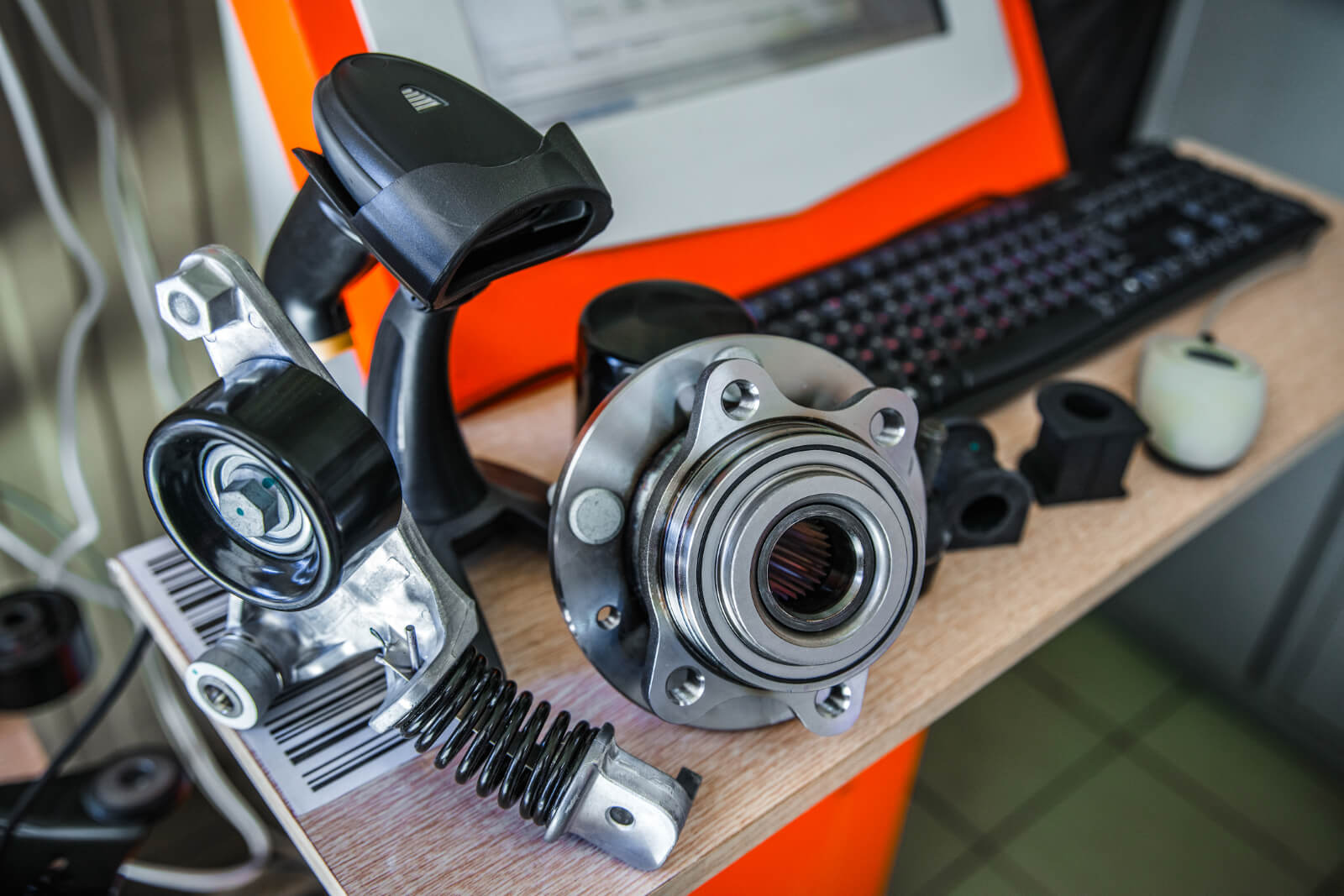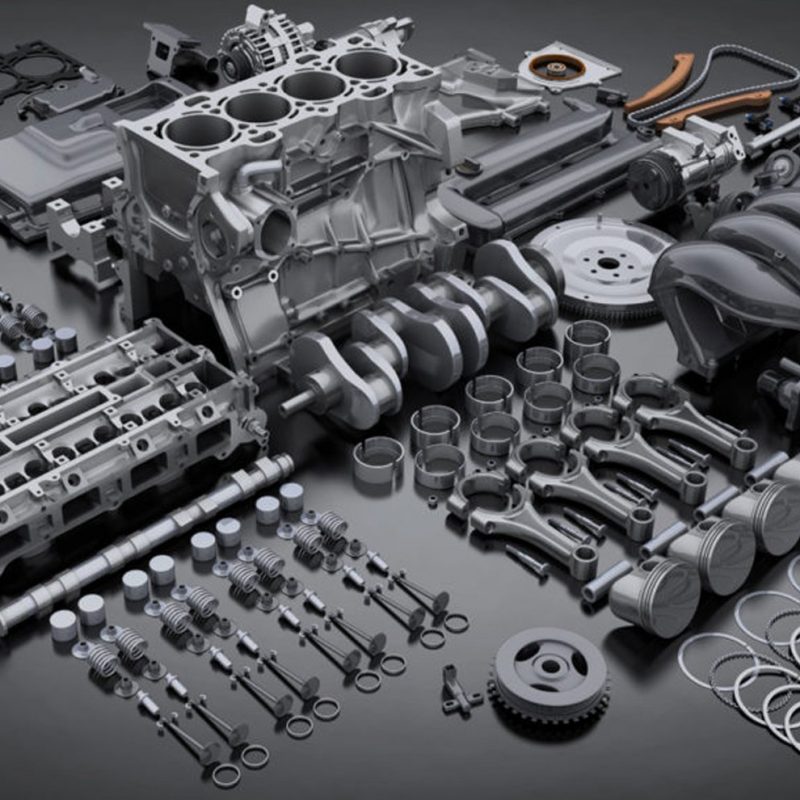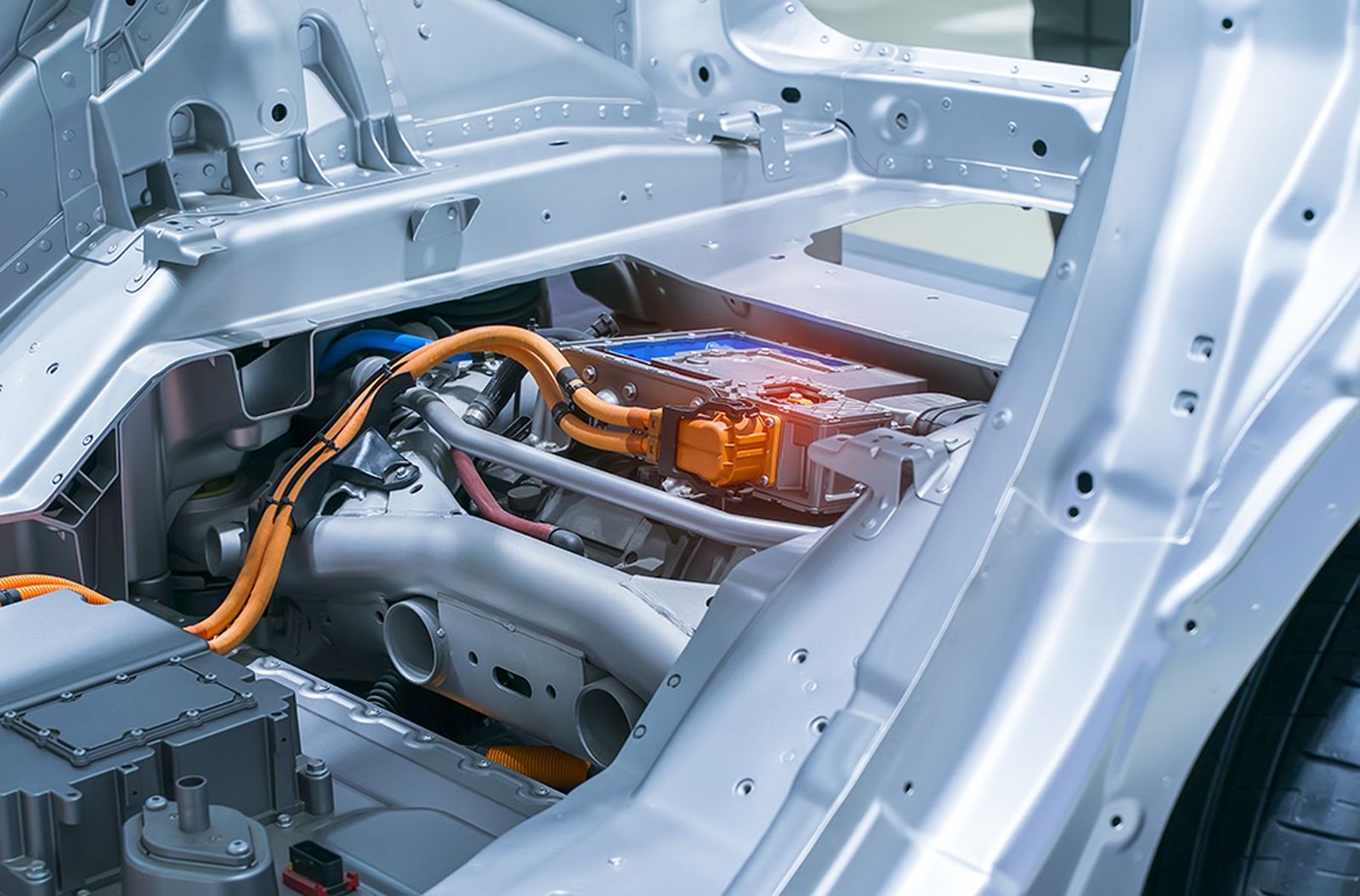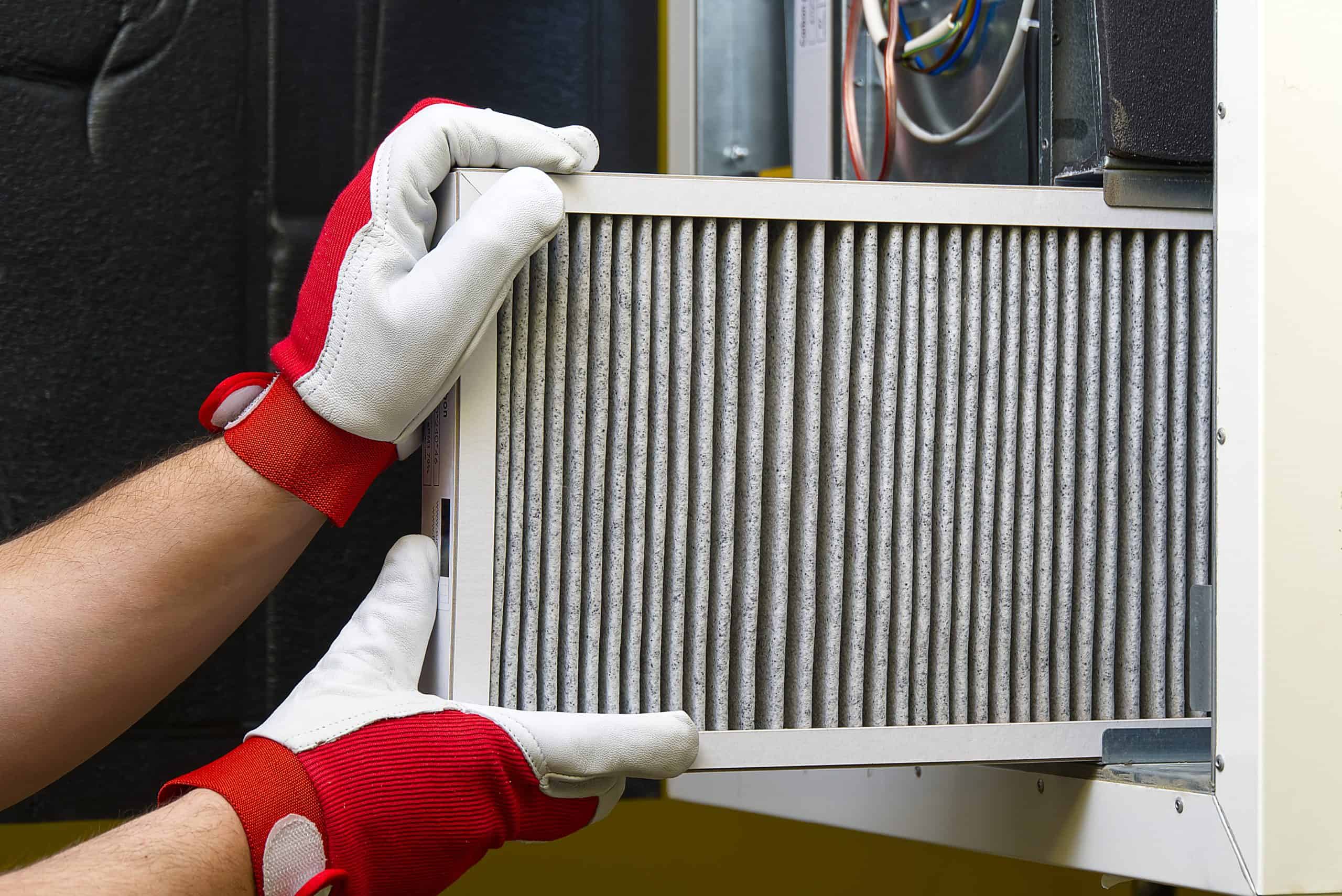Aftermarket vs. OEM Parts: Which is the Better Choice?
Aftermarket vs. OEM Parts: Which is the Better Choice?
I. Introduction
A. Aftermarket parts are manufactured by companies other than the original equipment manufacturer (OEM) and are designed to fit and function in the same way as OEM parts. OEM parts, on the other hand, are manufactured by the original equipment manufacturer and are designed specifically for the make and model of the vehicle they are intended to be used in.
B. The purpose of this blog post is to provide an overview of the advantages and disadvantages of aftermarket and OEM parts, and to help readers understand the factors that should be considered when choosing between them. The ultimate goal is to help readers make an informed decision about which type of parts is best for their specific needs and budget.
II. Advantages of Aftermarket Parts
A. Lower Cost: One of the biggest advantages of aftermarket parts is that they tend to be less expensive than OEM parts. Because aftermarket parts are manufactured by companies other than the original equipment manufacturer, they are often able to offer lower prices due to economies of scale and the lack of licensing fees. This can be a significant advantage for those looking to save money on repairs or upgrades.
B. Greater Availability: Aftermarket parts are also typically more widely available than OEM parts. Because there are many companies manufacturing aftermarket parts, they can be found at a variety of retailers, both online and offline. This can make it easier to find the parts you need, especially for older or less common vehicles.
C. More Options: With aftermarket parts, consumers have more options to choose from. Aftermarket parts providers may offer a wider range of products, including performance parts and upgrades that may not be available from the OEM. This can allow consumers to customize their vehicle to their liking or improve their vehicle’s performance.
D. Improved Performance: Some aftermarket parts are designed to improve performance and can often offer better performance than OEM parts. For example, aftermarket engine parts or exhaust systems may be able to increase horsepower and torque, or aftermarket brakes may offer better stopping power. This can be a significant advantage for those looking to improve the performance of their vehicle.
III. Advantages of OEM Parts
A. Guaranteed Fit: One of the biggest advantages of OEM parts is that they are designed specifically for the make and model of the vehicle they are intended to be used in. This means that they are guaranteed to fit correctly and function properly. This can be a significant advantage for those who want to ensure that their repairs or upgrades are done correctly and that their vehicle is running at its best.
B. Warranty Protection: OEM parts are also typically covered by the manufacturer’s warranty. If an OEM part fails within the warranty period, it can be replaced free of charge. This can provide peace of mind and can be a significant advantage for those who want to ensure that their repairs or upgrades are covered.
C. Factory-approved Quality: OEM parts are manufactured to the same specifications as the parts that were originally installed in the vehicle. This means that they are of the same quality and are designed to last as long as the original parts. This can be a significant advantage for those who want to ensure that their vehicle is running at its best and that the repairs or upgrades they are making will last.
D. Improved Resale Value: Using OEM parts when making repairs or upgrades to a vehicle can improve its resale value. Because OEM parts are designed specifically for the make and model of the vehicle, they are often considered to be of higher quality and are more desirable to buyers. This can be a significant advantage for those who plan to sell their vehicle in the future and want to ensure that they get the best price possible.
IV. Factors to Consider When Choosing Between Aftermarket and OEM Parts
A. Vehicle Make and Model: One of the most important factors to consider when choosing between aftermarket and OEM parts is the make and model of your vehicle. Some vehicles may require OEM parts for certain repairs or upgrades, while others may be able to use aftermarket parts without any issues. It is important to check your vehicle’s owner’s manual or consult with a mechanic to determine which type of parts are recommended for your specific vehicle.
B. Type of Repair or Upgrade: The type of repair or upgrade you are making can also affect your decision between aftermarket and OEM parts. For example, if you are making a repair that is critical to the safety of your vehicle, such as brakes or steering components, it may be best to use OEM parts to ensure that they are of the highest quality and will function properly. On the other hand, if you are making a non-critical repair or an upgrade that is more for aesthetics, aftermarket parts may be a suitable option.
C. Personal Preference: Personal preference is also a factor to consider when choosing between aftermarket and OEM parts. Some people may prefer the peace of mind that comes with using OEM parts, while others may prefer the lower cost and greater availability of aftermarket parts. It’s important to consider what is important to you and what you are comfortable with when making your decision.
D. Budget: Of course, budget is always a factor to consider when making any purchase. OEM parts are often more expensive than aftermarket parts, but they can provide greater value in terms of warranty protection, factory-approved quality and improved resale value. It’s important to consider the long-term value of the parts you are purchasing, and how it fits in your overall budget.
Ultimately, the decision between aftermarket and OEM parts will depend on your specific needs and budget. It’s important to consider all the factors and weigh the pros and cons of each option before making a decision.
V. Conclusion
A. Summary of key points: In this blog post, we have discussed the advantages and disadvantages of aftermarket and OEM parts. Aftermarket parts are less expensive, more widely available, and provide more options, but OEM parts are guaranteed to fit, come with warranty protection and factory-approved quality and improved resale value. We also discussed the factors to consider when choosing between aftermarket and OEM parts, such as the vehicle make and model, the type of repair or upgrade, personal preference, and budget.
B. Recommendations for choosing between aftermarket and OEM parts: When deciding between aftermarket and OEM parts, it is important to consider the specific needs of your vehicle and your budget. If you are making a critical repair or upgrade, it may be best to use OEM parts to ensure that they are of the highest quality and will function properly. However, if you are making a non-critical repair or an upgrade that is more for aesthetics, aftermarket parts may be a suitable option. It is also important to consider the long-term value of the parts you are purchasing.
C. Additional resources for researching and purchasing parts: For those looking to research and purchase parts, there are a variety of resources available. Online retailers such as Amazon, RockAuto, CarID, and Advance Auto Parts offer a wide selection of both aftermarket and OEM parts. Additionally, many local auto parts stores also carry a selection of both types of parts. It’s also important to consult with a mechanic or check your vehicle’s owner’s manual for recommendations on what type of parts to use for specific repairs or upgrades.


